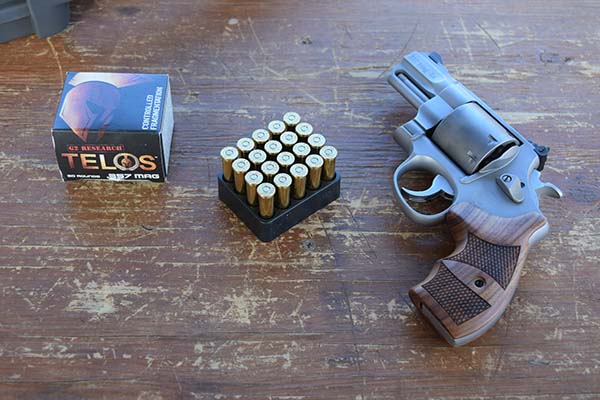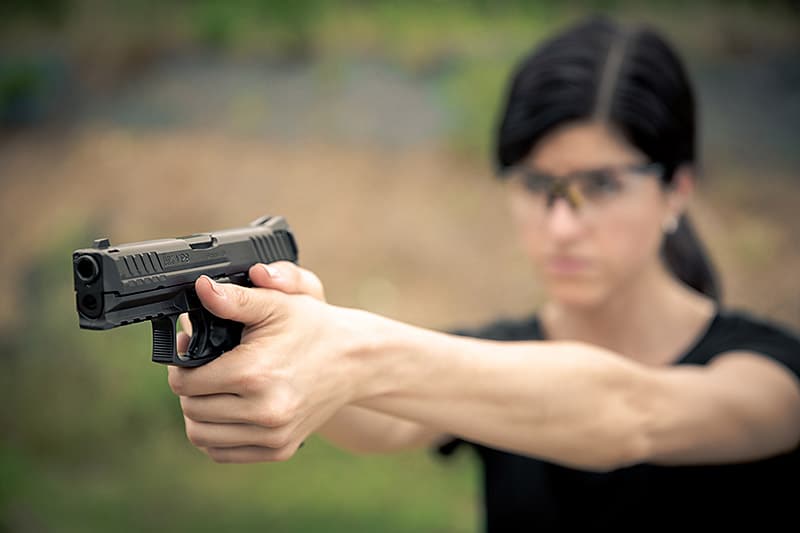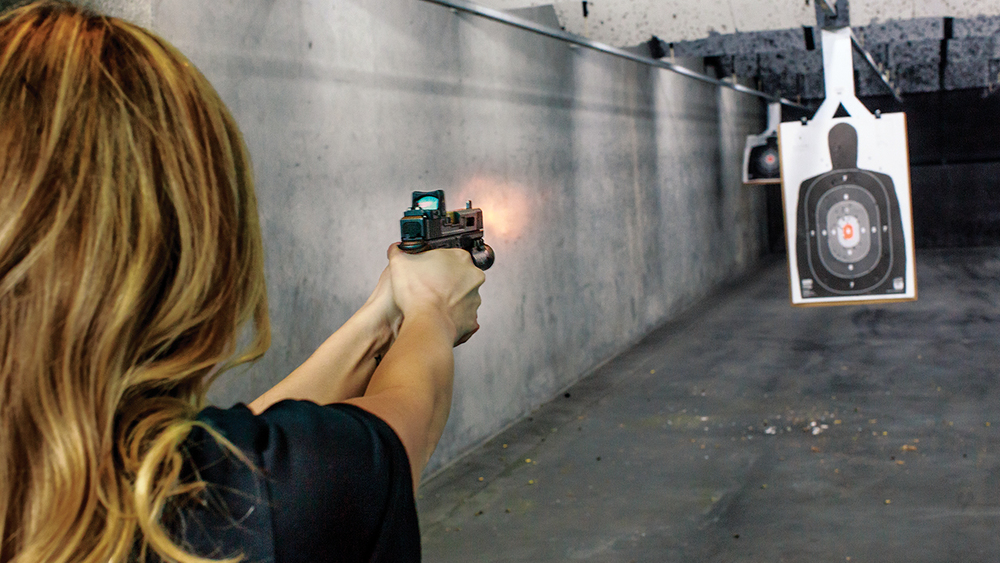
Timing is crucial when shooting ducks. You should aim your gun below the bird when shooting ducks. When the shot charge reaches the target, pull the trigger. It's important that the shot charge reaches the target at the ducks' feet. It is important to aim at the correct distance. The best hunting gear will help you reach this goal. Here are some tips for making your duck hunting trip a success.
Timing is everything
Timing is crucial when shooting ducks. Ducks rarely fly in a straight line. Ducks can twist, turn, bank hard, flare and bank hard and even zip past you while firing three-shell salutes. Good timing is essential when hunting ducks. Here are some tips to maximize your duck hunting experience. Start by planning your hunt. Then you will need to know the best times of the year for you and your location to get the best shots.

Dimensions of shot
It is essential to measure the shot when hunting ducks. A wrong size can result in sailing birds, hunting in vain, or exhausting your dog. The size of your shot should be determined by several factors including distance, shot material, and how much energy it takes to bring down the bird. A #3 shot at thirty feet has 154 pellets. They must travel 30inches before they can knock down the bird. The pellet's energy level is 4.6ft. Luckily, all the common sizes of shot are enough to consistently harvest ducks at 20 yards. A #4 shot contains 22 more pellets than a #3 shot and has a fifth as many pellets as a #2 shot.
There are many options for shot
Waterfowlers should be able to track and measure the range of a bird in order for them to make sure they kill cleanly. While most ducks are shot within 40 yards, a rangefinder is a necessary accessory for deep-water hunting. To determine the size and position of the bird, you can use yardsticks that are different lengths. A string measuring approximately 15 inches is tied to one end of a pushpin and placed in the middle a paper target. Then, it's stretched to create a circle of around 30 inches.
Pre-season shooting practice
One of the best ways to get ready for duck season is to spend time practicing your duck calling. The classic method of calling ducks is a reliable way to attract them. You can practice duck calling by using notes, quacks, or light feeder chuckles. Also, practice will help you improve your calling skills for the fall. In order to get the most out of your duck calling, it is important to be consistent with your calls.
Requirements for successful duck hunting
Research is key before you leave for your favorite hunting spot. You can identify the best hunting times by researching the area. You should make sure you have your decoys available for maximum hunting efficiency. If you plan your hunting strategy well, you will spend less time looking at empty skies and more with the ducks. Here are a few other tips to make your duck hunting experience more successful:

Equipment needed
If you are going to duck hunt, it is essential to know the basics of duck shooting equipment. There are many things that you will need to make your trip a success. Here are some essential items. These items will help you stay dry, hidden, and safe. It is also important to consider what kind of water you will be hunting in. A potholer is a portable hunting device that can be used in small lakes.
FAQ
Is it legal to hunt bears Alaskan?
Yes, hunting bears is legal in Alaska. To capture bears, some hunters use traps or snares. Others use dogs to track down bears.
Bear hunting is regulated by the Alaska Board of Game. Before going out in the woods, hunters need to have a bear tags.
Bear hunting is popular in some places like Denali National Park and Preserve. You can even take part in guided hunts that charge a lot of money to kill bears.
Where can a firearm be purchased?
There are many gun shops all over the country. They have everything from entry-level guns to highly-priced weapons.
Gun shops often specialize in selling firearms. These stores often have knowledgeable staff members who can help you choose the right gun for your needs.
Check out our handgun buying guide.
Hunting is a great hobby.
Hunting is like playing with nature. It's important to think ahead, plan every move and predict where the game will end.
Hunting is about hunting food. To do this, you have to be able track and identify your prey. These things are essential to hunting success.
Keep your eyes open when hunting. So you won't miss any opportunity. If you do happen to see something, be sure to get close enough to identify it. Keep a record of what you see and take notes. This will allow you to remember what you saw later, if you want to hunt again.
It's not just about shooting at targets. It's about being in tune to yourself, your environment, and the animals surrounding you.
What kind of training should I get to hunt? How long does it take?
Basic courses are required in order to learn how you can hunt. This course will help you learn about different game types and the laws that surround hunting.
You will be taught how to safely handle ammunition and firearms. These instructions will help you safely use them.
This course can be completed in two weeks or three months. Some courses are offered online. Other courses are available in person.
To qualify for a license, you must pass a written test. You might also need proof that you have completed a hunter's education course.
How much does it cost for me to become licensed? What if there isn't enough money?
The cost of licensing varies by state. It ranges from $20 to over $100.
You may be eligible for a loan, grant or other financial assistance if you don't have enough cash.
Additional to paying the fee, you'll need to buy a tag. Tags vary in price based on the type of game you plan to hunt.
You can get tags for deer and elk, bear, bison, moose, waterfowls, upland birds, and furbearers such as foxes.
Some states require you register at the Department of Natural Resources before applying for a license.
Before you go out hunting, make sure you check all local regulations.
What is the most important part when hunting animals?
How do you get there? We start by learning how to shoot accurately. Next, you must learn how to hit your target. Then, it is time to learn how make adjustments when you miss.
It is essential to know the basics of hunting. It is impossible to improve your hunting skills if you don’t know what you’re doing. You might think you've improved because you've gotten better shots, but if you didn't know what you were doing before, those shots won't mean anything. The same applies to hitting targets. If you don’t get why you’re not succeeding, you won’t be able to change. It is important to understand your goals.
This is where knowledge comes in. Knowledge is key to your ability to hunt. If you go out into nature, you will want to be as knowledgeable as possible about the animals you come across. You should be familiar with their behavior, habits, and personalities. You will be able to plan your hunts efficiently and smoothly.
Learn from those who have succeeded in the past. This topic is covered in many books. In addition, there are websites like www.thehuntingzone.com that offer great tips and advice. Finally, there are people who have years of experience behind them. They will help you determine what works and what does not.
Once you've learned everything you can, it's time to practice. Practice makes perfect. You shouldn't practice until your confidence is high. Instead, you should practice until you become confident. Confidence allows one to relax and enjoy each step. Relaxation can help focus your attention on the task. Concentration is key to maximizing every opportunity. Opportunities will only appear if you are calm and focused.
You're now ready to test your new skills. Do not worry if your attempts fail. Don't worry if you fail. Just keep practicing. You will eventually achieve success.
What are the many benefits of hunting?
Many cultures have long practiced hunting. It was used to hunt for food, shelter, clothes, medicines, and other purposes. Even though people hunt for sport today, they also do so for food and recreation. The meat from hunted animal is usually consumed immediately following killing. However, the skin, feathers, bones, antlers horns, teeth and hooves of the animals may be sold as trophy parts.
Hunting is not only a way you eat, but it's also a way you live.
People who hunt have strong family ties and friendships because they spend time together. They share stories and experiences at campfires, and over meals.
Hunters enjoy nature and wildlife, which helps them appreciate life on Earth.
When they care for game animals, they learn responsibility and respect for others.
Hunters become better citizens because they practice conservation. They protect habitats as well as species. They know how much water and land we need to survive.
Hunters make up a part of a larger group. Their families are dependent on them. They are there for each other. They support local business.
Hunters also give back to society. Many hunters give money to help veterans and the elderly.
Hunters have the option to volunteer their time to help others in need. For example, they could work with the Humane Society of the Red Cross.
How many Americans are dependent on hunting?
There are more than 300,000,000 hunters in America. This means that hunters are twice as numerous as those who live in New York City.
Hunting is a long-standing American pastime. Today, however, hunting for sport is less popular than ever. According to the U.S. The U.S. Fish & Wildlife Service reports that only 2 percent shoot regularly. Even lower is the number of young adults who hunt regularly.
But while hunting may seem like a relic of another time, it remains popular among older generations. Recent research found that 68% of boomers plan on hunting again when they retire. Hunting is a way for them to connect with the natural world and enjoy the outdoors.
Younger generations may not consider hunting a priority. According to the National Shooting Sports Foundation (NSSF), only 18% consider themselves to be avid shooters.
FWS has been working hard to preserve America's wilderness places for everyone to enjoy.
The agency launched "Wild Lands", a campaign to raise awareness of public lands across the nation in 2014. It is intended to raise awareness and encourage people visiting these areas to preserve them.
The Wild Lands program also encourages conservation efforts. FWS and National Rifle Association have partnered to create Project Gunter, a youth shooting sport program. This program teaches kids how to safely handle firearms and helps them develop skills such as marksmanship and safety.
Project Gunter is now expanding to include women and minorities. Project Gunter is now expanding to include women and minorities.
Statistics
- - Percent of residents with paid hunting licenses: 0.7%- (stacker.com)
- Thanks to the 1937 Pittman-Robertson Act, an 11% excise tax was placed on the sale of firearms, which were then used for conservation. (stacker.com)
- Indiana, for example, saw a 28% jump in turkey license sales during the first week of the season. (stacker.com)
- Licenses dropped from a peak of roughly 17 million in the 1980s to 15 million in 2019, according to The Seattle Times. (stacker.com)
External Links
How To
How to hunt wild hogs
Large animals, wild hogs can be found across North America, Africa and Asia. Wild hogs are omnivores; they eat vegetation and small animals such as rabbits, mice, birds, insects, and fish. They usually eat at nights. The gestation period lasts around six months, after which one piglet is born. A sow gives birth every two years. Although wild hogs are usually solitary, they can sometimes live in groups called herds.
Wild boars typically weigh around 200 pounds (90kg). Their average head length is 10-12 inches (25-30cm), and their body length is 20-30 inches (50-75cm). Wild pigs have long legs with broad shoulders and short tails. They have a thick layer of fat under their skin.
They are very sensitive to smell, hearing, sight, and touch. These senses allow them to spot danger and locate food. They can run up 35 miles per hour (56 km/h), as well as jump up to 15ft (4m) distances. They are very sharp with their teeth and claws. They are aggressive when defending themselves against predators.
Hunting wild Hogs can be difficult as they are agile, intelligent, and elusive. They must be carefully tracked by hunters. Hunting too soon can cause the animal to escape. The animal could die if hunters attempt to shoot it too soon.
There are many types of hunting methods used to kill wild hogs. The most common is shooting. This involves hunting the animal down and waiting for it to come within range. Another option is trapping. You can trap hogs by setting traps near water supplies. Many traps include a scent lure, such as corn meal and peanut butter. The hunter then shoots the trapped pork after the trap has been sprung.
Snaring is another method. The pig is caught using snaring, which uses a noose out of rope. It is best to catch the pig during its mating season.
Other methods include spearing, netting, and poisoning. To stop the pig from breathing, netting or spearing is a method of placing a net on its neck. Poisoning involves injecting poison into the pig's body.
Hunting wild hogs requires hunters to be prepared for cold conditions. Hunting in colder areas may require the use of snowshoes. Hunting dogs can help hunters track their animals.